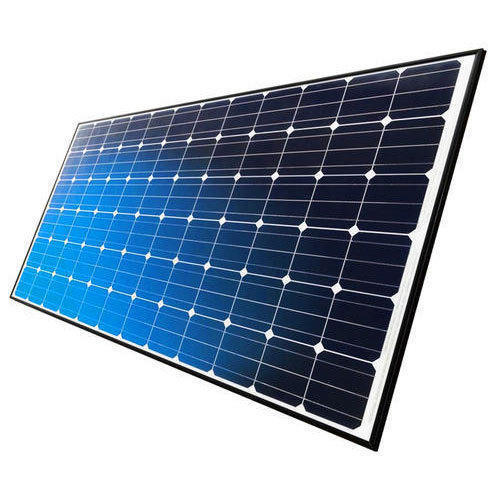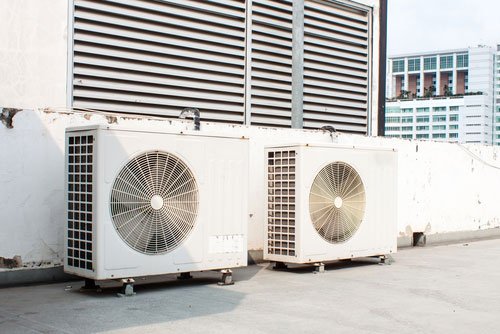This device was either destroyed by the surge itself, or would need to have components of itself replaced or replugged once it performed its duty. This is why the installation of SPDs at strategic points in the chain of equipment is so crucial for preservation of the life spans of components.
These surge protective devices work in the same basic capacity as the typical surge suppressors of the past, by utilizing a method of cutting the flow of electricity past the point of installation in order to protect everything on the other side of it.
In most cases, the strike itself does not actually provide the majority of costly damage, that is attributed to the large surge of electricity that follows.
Grounding to Earth is another form of surge protection which allows electrical overflow to divert to the ground instead of up wires, but grounding is not always effective. In some systems, they will actually allow the entire system to remain online and functioning even after an overflow incident, allowing solar power systems to remain online longer.
Additionally, with motion sensors included, the door function is automated, as well as the whole lighting system.
Such cameras are one of the ideal options for catching intruders as well as for preventing potential ones in their acts.
This essentially takes systems offline, but also opens the potential of a subsequent strike and surge overwhelming the system that was just protected.
Building management system – All of the abovementioned sensors collect data and store it in the building management systems. There, a manager can visually perceive all of the data about the building. With the use of up to date solar modules, they can still harvest a certain amount of energy, even on an gloomy overcast day.
Here is a compilation of many solar technology advantages and disadvantages, and although not complete, it is clear how the number of advantages relating to solar energy, greatly outweigh the disadvantages of solar power.
Well, Panasonic Seekit is here to answer all your queries. The end result of a smart building is optimized expenditure.
What’s the end result? As you can see, a smart building relies heavily on sensors, networks and data accumulation. As you can see in the image above, a smart building relies on a series of systems and sensors that enable it to function.
It specially happens in the northern hemisphere wherein certain places do not actually see sunlight for about 6 months at stretch. Electric vehicles charging system – As technology is moving forward, we can now see a higher presence of electric vehicles in the market.
Additionally, sensors in the parking lot and charging stations can visually present how many parking spots are available at all times. The need to track individuals and cars has grown significantly in the recent times. A new generation of SPDs designed for these types of environments now can remain functional after they prevent a surge from flowing past, and do not need resetting or replacement.
Your solar water heating system can be setup in two ways: either with the tank inside, separate from the panels, or with the tank on the roof directly above the panels. A great strategy to learn methods to assemble panels is utilizing a well detailed do it yourself manual. Over time, the building learns the behavioral patterns of the people living inside, as well as the outside weather patterns.
The technological changes continue to affect the home security industry as well.
The home security industry is not left behind.
Security – Security sensors serve to detect and record any type of motion in the building space.
Furthermore, the residents of the building can rely on better automation, and implementation of technologies that makes it easy to lock or unlock their doors.
Every year, new trends can be seen in the alarm systems, making the system all the more effective and advanced. Technology is constantly evolving and making a deep impact on various sectors.





